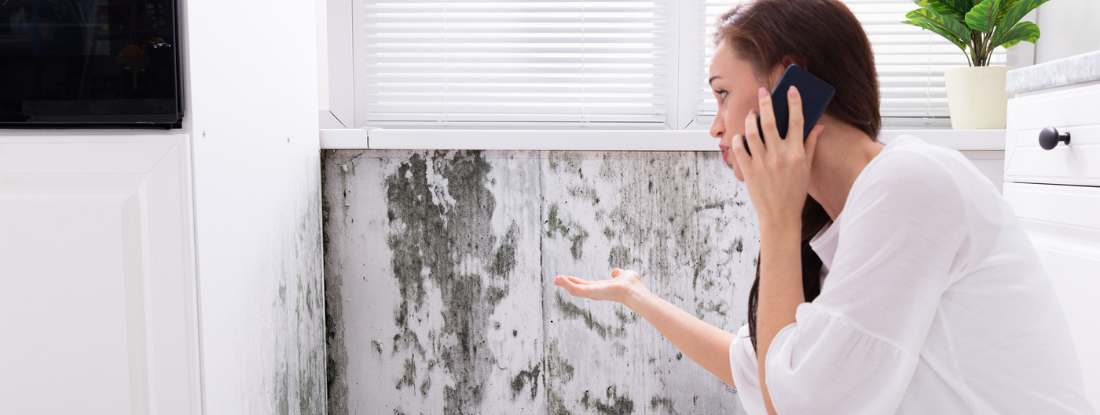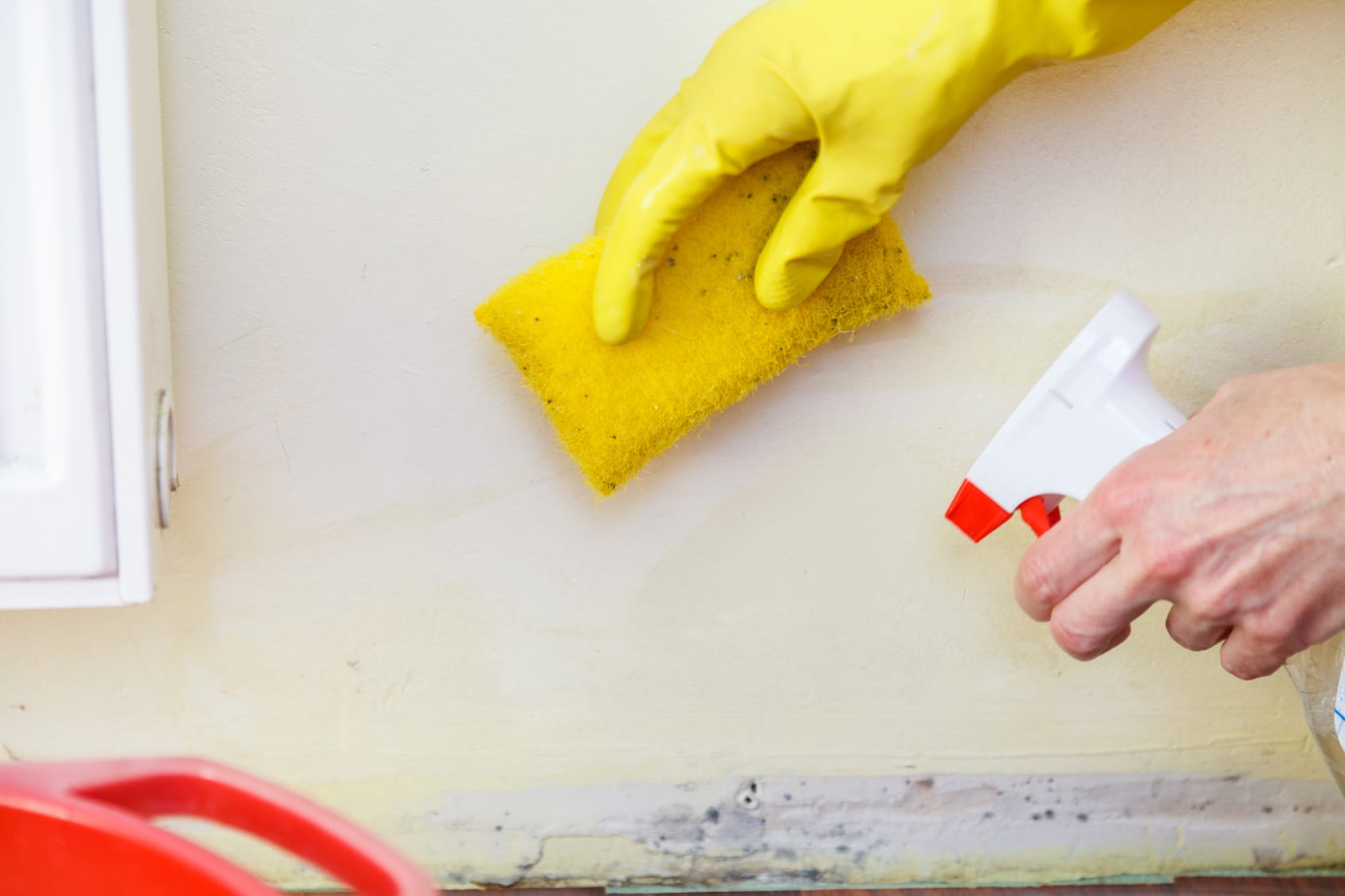Your Ultimate Guide to Post Mold And Mildew Remediation Techniques
In the aftermath of mold and mildew problem, recognizing just how to properly remove the mold and mildew and stop its reoccurrence is extremely important for keeping a healthy and balanced interior environment. From picking the ideal cleaning and decontaminating techniques to implementing techniques for lasting mold and mildew prevention, each step in the removal journey plays a crucial role in guaranteeing an effective outcome.
Understanding Post-Mold Removal Process
After completing the mold and mildew remediation procedure, it is critical to recognize the post-mold remediation techniques that are necessary to make sure a extensive and efficient cleaning. As soon as the mold and mildew has been eliminated, the next action entails cleansing and decontaminating the influenced areas to avoid any type of regrowth of mold. This includes utilizing specialized cleansing agents to clean down surface areas and kill any kind of continuing to be mold spores. It is important to dry out the location totally to prevent the development of mold in the future (testing air quality after mold remediation). Correct ventilation and dehumidification can help in this procedure.
Moreover, carrying out a last inspection post-remediation is vital to make sure that all mold and mildew has actually been efficiently gotten rid of. This examination must entail a complete aesthetic check as well as possibly air sampling to confirm the absence of mold and mildew spores airborne. If the examination reveals any type of sticking around mold, additional removal might be needed. Educating owners on preventive procedures such as controlling moisture degrees and quickly dealing with any type of water leakages can aid preserve a mold-free atmosphere.
Effective Cleaning and Disinfecting Techniques

Avoiding Future Mold And Mildew Development

Importance of Appropriate Ventilation
Appropriate ventilation plays a critical role in preventing wetness accumulation, an essential variable in mold growth within indoor atmospheres. Efficient ventilation systems aid remove excess moisture from the air, lowering the chances of mold spores locating the dampness they require to germinate and spread out. Without sufficient air flow, interior rooms can come to be a breeding ground for mold, leading to prospective health dangers and architectural damage.
By guaranteeing appropriate air blood circulation, air flow systems can additionally assist in drying wet locations faster after water damage or flooding occurrences, even more hindering mold development. After mold remediation. In spaces like washrooms, kitchens, attics, and cellars where moisture degrees tend to be greater, setting up and maintaining reliable air flow systems is crucial in preventing mold problems

Monitoring and Upkeep Tips
Provided the vital function that proper ventilation plays in stopping mold and mildew development, it is critical to establish efficient monitoring and maintenance suggestions to make sure the continued performance of air flow systems. Monitoring moisture levels within the home is also crucial, as high humidity can add to mold growth. By staying alert and proactive to the condition of air flow systems, home proprietors can effectively mitigate the threat of mold regrowth and preserve a healthy and balanced interior atmosphere.
Verdict
Finally, post-mold remediation techniques are crucial for ensuring a risk-free and clean environment. Recognizing the procedure, carrying out efficient cleansing and disinfecting methods, protecting against future mold and mildew development, preserving appropriate ventilation, and regular surveillance are all crucial action in the remediation process. mold removal kit home depot By adhering to these standards, you can efficiently remove mold and mildew and stop its return, promoting a healthy living or functioning area for all occupants.
In the results of mold and mildew invasion, recognizing just how to properly eliminate the mold and mildew and avoid its reoccurrence is paramount for maintaining a healthy and balanced indoor atmosphere. As soon as the mold has been gotten rid of, the next action entails cleansing and decontaminating the affected areas to protect against any type of regrowth of mold - After mold remediation. After getting rid of visible mold development, it is vital to cleanse all surface areas in the affected location to remove any kind of remaining mold spores. To better boost mold and mildew prevention steps, it is crucial to deal with underlying problems that at first led to mold advancement.Offered the vital duty that proper air flow plays in stopping mold development, it is critical to establish effective surveillance and maintenance tips to ensure the ongoing functionality of ventilation systems
Comments on “Crafting an In-depth Post Mold Remediation Report”